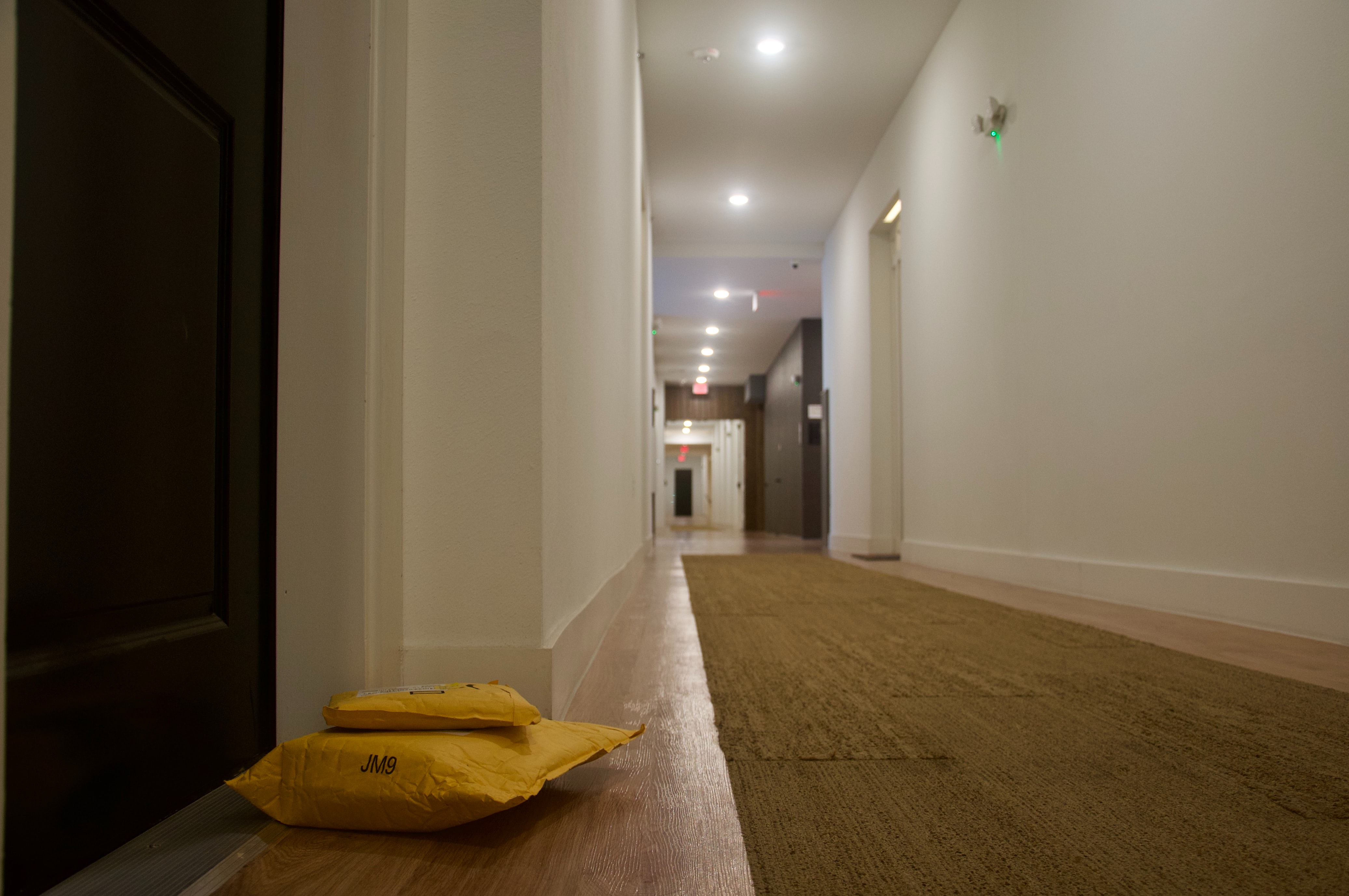If the pandemic has proven anything, it’s that we can do pretty much everything digitally. We’ve worked remotely, socialized remotely, and shifted a majority of our purchasing to online platforms. We can even shop for groceries online and get it delivered to our door within hours. A company that’s stayed ahead of this trend is the retail giant Amazon, which brought in $386 billion in 2020; that is almost the GDP of Sweden.
Whether you’re a fan or not, Amazon has become a one-stop shop for anything you need. How do they provide all these products? They partner with individual sellers so they have more variety on their website and the seller can advertise their product on a more popular platform.
In October of 2020, Amazon released a commercial called “Supporting Small Businesses” which details that at any minute, US-based small and medium businesses sell 6,500 products via Amazon.com. Of course, this commercial can be seen as a strategic move to show that Goliath is working with David, rather than against him. But it also shows how Amazon has utilized third party businesses to provide its customers with the widest selection.
On May 10, 2021, Amazon released its 2020 Brand Protection Report which illustrates how the company keeps legitimate products on its virtual shelves. Despite the vast selection offered on its website from a host of different sellers, Amazon only admits about 6% of seller accounts. Why is this?
If you want to sell your product on Amazon.com, you first must go through a thorough verification process. This weeds out any attempted scammers trying to sell counterfeit items and registers only legitimate sellers. Even if you pass this process and begin selling, if your product is flagged as fraudulent, it will be taken down and any exported goods will be destroyed before ever arriving to a customer’s doorstep.
It’s important for Amazon to maintain its reputation for fast and reliable customer service and satisfaction (less than 0.01% of products on its website received counterfeit complaints) and brand protection is a preemptive measure in that brigade.
The company invested $700 million into combating counterfeit sellers and products. It employed 10,000 workers as a part of this front. And it seems this money and effort has paid off–– the report shows that it was able to halt 6 million attempts of fraudulent selling accounts. For items already live on its website, Amazon took down more than $10 billion worth of suspicious listings. Even further, the company managed to seize and destroy more than 2 million counterfeit products that reached a fulfillment center before it ever reached the customer.
This is not only impressive for the company, but it also helps those small and medium businesses it partners with. Through its sterilization service called Amazon Transparency, the company facilitates the protection of over 500 million products. It also connected around 7,000 small to medium businesses with US and Europe-based law firms to proceed with trademark applications and grant early access to brand protection tools.
It seems the key to this success is proactive measures. If Amazon can work invisibly to stop this fraud before ever occurring, the customer is none the wiser and the company solidifies itself as a reputable product platform.

